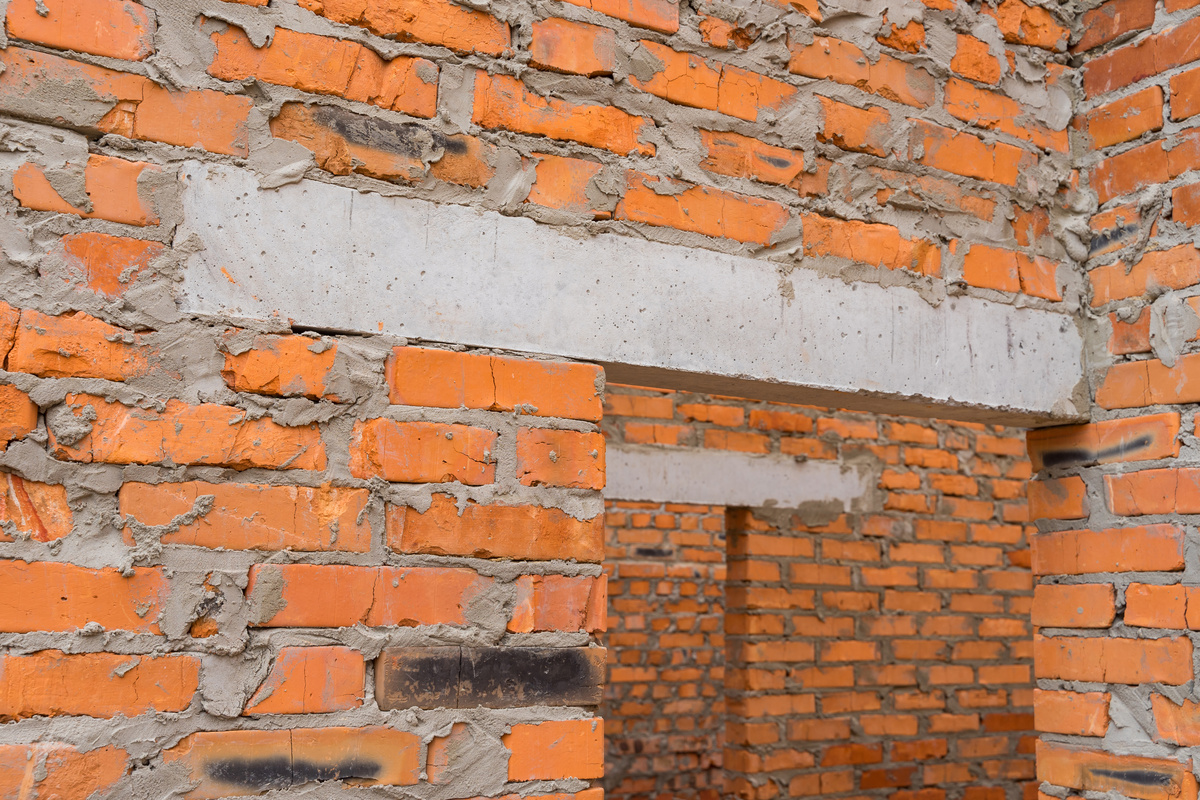Since brick can be strengthened by adding materials like steel, it has long been favored as a sturdy and long-lasting building material. Even brick (and steel) buildings are susceptible to the ravages of time; nevertheless, just because a material is robust and durable doesn’t mean it is unbreakable. Periodical inspections by tuckpointing contractors may be useful to detect earlier signs of deterioration.
Lintels are one area where deterioration can, if left unchecked, seriously harm a structure’s look and structural stability, yet most homeowners don’t give them much care. Again, masonry contractors’ periodical inspections may be advisable.
How Do Lintels Work?
An aperture in a wall, such as a door or a window, that is supported horizontally is referred to as having a “lintel.” The brickwork above is supported by a lintel, which also acts as a ledge. Brick constructions frequently use steel beams as lintels. Most of the time, they are hidden by additional brickwork and attached to the wall rather than being on display.
What Deteriorates Lintel and Why?
Since most lintels are made of steel, they are susceptible to rust and other oxidation-related problems. Through masonry fractures on the exterior, moisture can flow in and reach the lintel. Due to the air and moisture present, the lintel swells and warps, forcing against the brick from within. If you detect areas that are starting to bulge or crack around the corners above windows and doorways, it may be an early sign of lintel deterioration and an indicator that some tuckpointing work may be required.
How Can Lintel Deterioration Be Repaired?
To stop the causes of degradation, it is a good idea to carry out masonry repair work to fix masonry cracks. Tuckpointing the brick areas or doing masonry repair where needed, may assist stop moisture from seeping through the crevices when the brickwork starts to crumble. Once the degradation has begun, it is imperative to avoid ignoring the problem or attempting a do-it-yourself fix. Consult tuckpointing companies instead and let professionals estimate the full scope of the problem. If the lintel needs to be changed, a masonry restoration specialist will need to brace and support the masonry while replacing it with freshly galvanized steel.
It’s vital to notice lintel deterioration early since if left ignored, it can affect your home’s structural integrity as well as its appearance. Use the chance to get a free, no-obligation consultation for your restoration needs. Delta Masonry & Tuckpointing can help you find a solution to your masonry cracks or deteriorating lintels.






